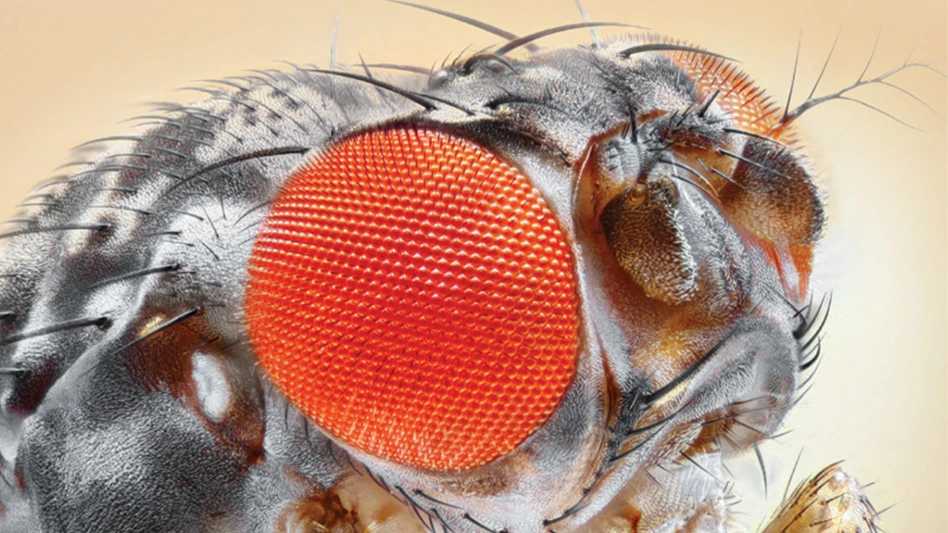
WSDA
The northern giant hornet is just one of more than 130 species that WSDA’s Pest Program looks for each year. These pests pose a threat to the state’s agricultural industry, though many have not yet been found in the state.
The spotted lanternfly is one such pest. Though never detected in Washington, it is causing significant damage to vineyards, farms and gardens in several states in the Eastern U.S. WSDA has been monitoring for the pest and preparing for its arrival – collaborating with the Washington Invasive Species Council to create a state spotted lanternfly response plan. The pest has shown a remarkable ability to spread quickly and hitchhike, with dead specimens being found as close as Oregon and California.
Latest from Pest Control Technology
- Three Ways to Control Mosquitoes
- Mapping Termite Movement
- Indiana PCO Wins Cicada Bobblehead
- Typhoon 3 Sprayer
- A&C Pest Management Wins Best of Long Island Award
- Certus Promotes Rezk to Chief Marketing Officer
- Forty-Seven Percent of PCOs Increased Mental Health Care Benefits, Poll Finds
- Samantha Malone on Growing Confidence, Building Relationships Through ELP





